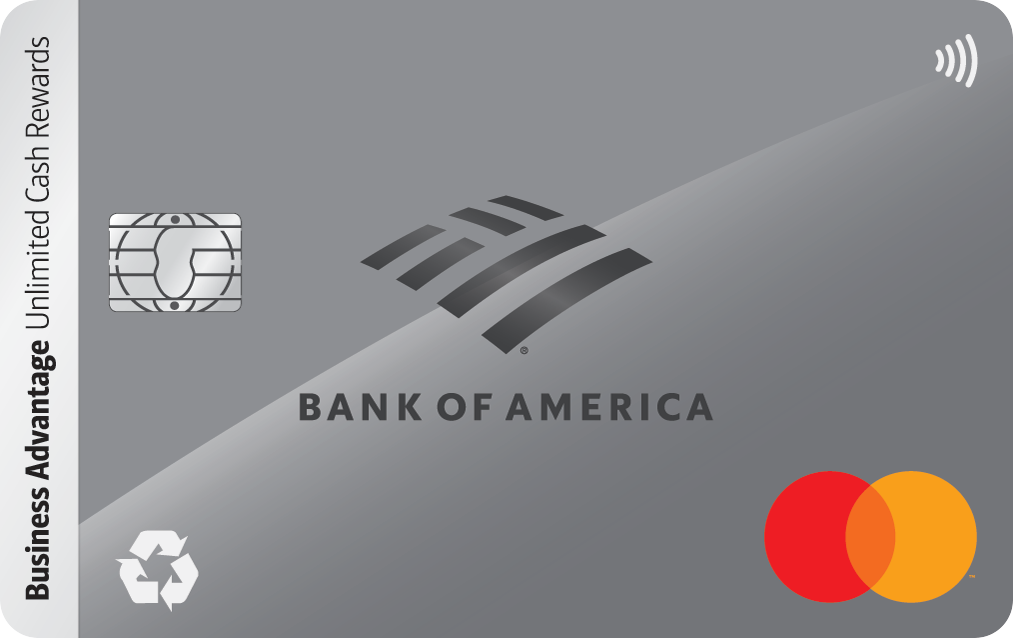If Your Checking Account Has More Than This, You're Losing Money

Image source: Getty Images
There was a time when I thought a big checking account balance meant I was "good with money." I'd get paid, cover my bills, and let the rest pile up. At one point, I had over $30,000 just chillin' in checking.
But I was earning practically nothing in interest. In fact, it was losing money to inflation, month after month.
After learning more about savings and investing, I realized something important: Your checking account balance should really only hold about one month's worth of expenses. Anything more than that means you're probably losing money.
These days, I keep my checking account really slim. Just enough to cover bills, groceries, and a small buffer. The rest gets moved into smarter places for short and long-term saving.
Here's what that looks like -- and why it makes such a big difference.
1. Checking accounts are the lowest-paying accounts you'll find
Most big-bank checking accounts pay 0.01% APY -- mine included. That's $1 of interest per year for every $10,000 you hold.
In other words, peanuts.
And even though banks make billions lending out your deposits, they rarely pass those profits back to you.
Some banks are built differently though -- especially online banks and fintechs that don't have giant branch networks or sky-high overhead costs. They can afford to pay you way more for your deposits.
That's where high-yield savings accounts (HYSAs) come in. HYSAs offer real interest (top ones pay 4.00%+ APY right now), zero monthly fees, and the same FDIC protection as the big guys.
2. More money in checking = more temptation to spend
It's a mental trick. When my checking balance looked huge, I felt "rich." And this led to spending like it.
I made more impulse purchases I kind of regret, lazy restaurant splurges, and upgrades I didn't really need.
But when I moved most of my cash out of my checking account, I definitely didn't feel that same richness anymore. With a smaller balance, I just naturally spend less.
3. Idle cash misses out on long-term growth
If you don't need the money immediately, you could be earning way more by investing it for the future.
Even small contributions to an IRA or brokerage account can snowball into serious wealth thanks to compounding. For example, just $250 a month invested in index funds with an average 8% return can grow into over $135,000 in 20 years.
That's money you won't get sitting in a checking account earning 0.01%.
Better places to keep your extra cash
If your checking account is carrying more than one month worth of expenses, consider moving the surplus to one (or more) of these:
High-yield savings account
This is the easiest switch.
Today's top high-yield savings accounts will pay you around 4.00% APY, which is over 400x what your big bank's checking account probably pays.
They're FDIC insured, have no lockups, and your money is available anytime you need it.
Ready to start earning more on your idle cash? Check out our list of the best high-yield savings accounts paying top interest with no monthly fees.
Investment accounts
Once your emergency fund is topped up, consider putting extra money into a brokerage account, IRA, or 401(k).
Even modest monthly contributions to index funds can grow into six-figure balances over time thanks to compound growth.
I've experienced this firsthand. My wife and I started small years ago with about $500 a month into our Roth IRAs, and now our balances are over $230,000 in those accounts combined.
Short-term CDs
If you don't need the cash for a short term (say, 6-12 months) and want a fixed return, CDs are a great middle-ground option.
Top CD rates are currently in the 4.00% APY range. Your money is locked in for a short period, but you know exactly how much you'll earn.
Give your cash a better job
In my opinion, every person in America should have a high-yield savings account connected to their checking account.
It's one of the easiest money upgrades you can make.
Keep one month of expenses in the checking account. And keep everything else in the HYSA, where it can actually earn something.
These accounts are basically free to open and maintain, come with the same FDIC protection as checking, and let you transfer funds back and forth electronically whenever you need.
Check today's top-rated high-yield savings accounts -- some are paying over 4.00% APY with no monthly fees.
Our Research Expert


